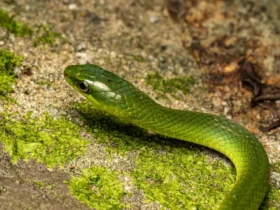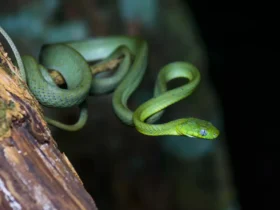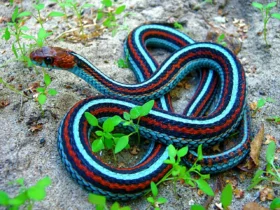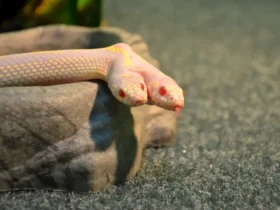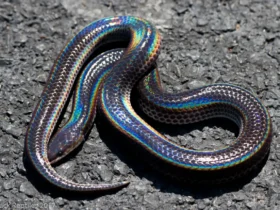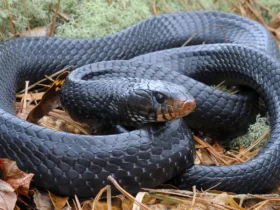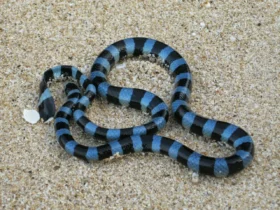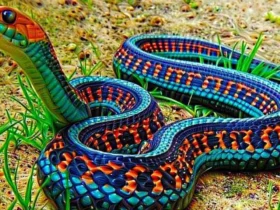In the dense rainforest canopies of Central and West Africa, a striking serpent slithers with unparalleled beauty—the Rainbow Bush Viper (Atheris spp.). With its vibrant and iridescent scales, arboreal lifestyle, and intriguing behavior, this venomous snake captivates the attention of herpetologists and reptile enthusiasts. Join us as we delve into the captivating world of the Rainbow Bush Viper, uncovering its appearance, behavior, habitat, and the wonder it brings to the realm of serpents.
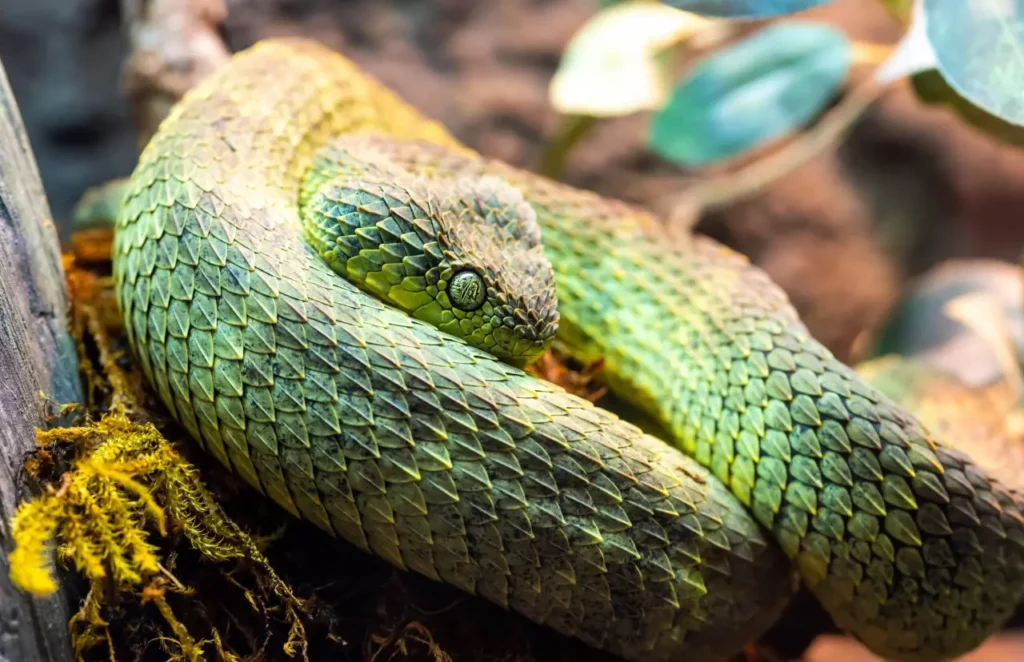
Appearance and Varieties
The Rainbow Bush Viper is known for its stunning coloration, which varies among the different species within the Atheris genus. These venomous snakes exhibit a range of striking hues, including vibrant greens, yellows, blues, and even hints of red or purple. The scales possess an iridescent quality, reflecting light in a way that creates a mesmerizing play of colors. The species within the Atheris genus include the Green Bush Viper, the Many-horned Bush Viper, and the Jackson’s Forest Viper, each showcasing its unique patterns and color variations.
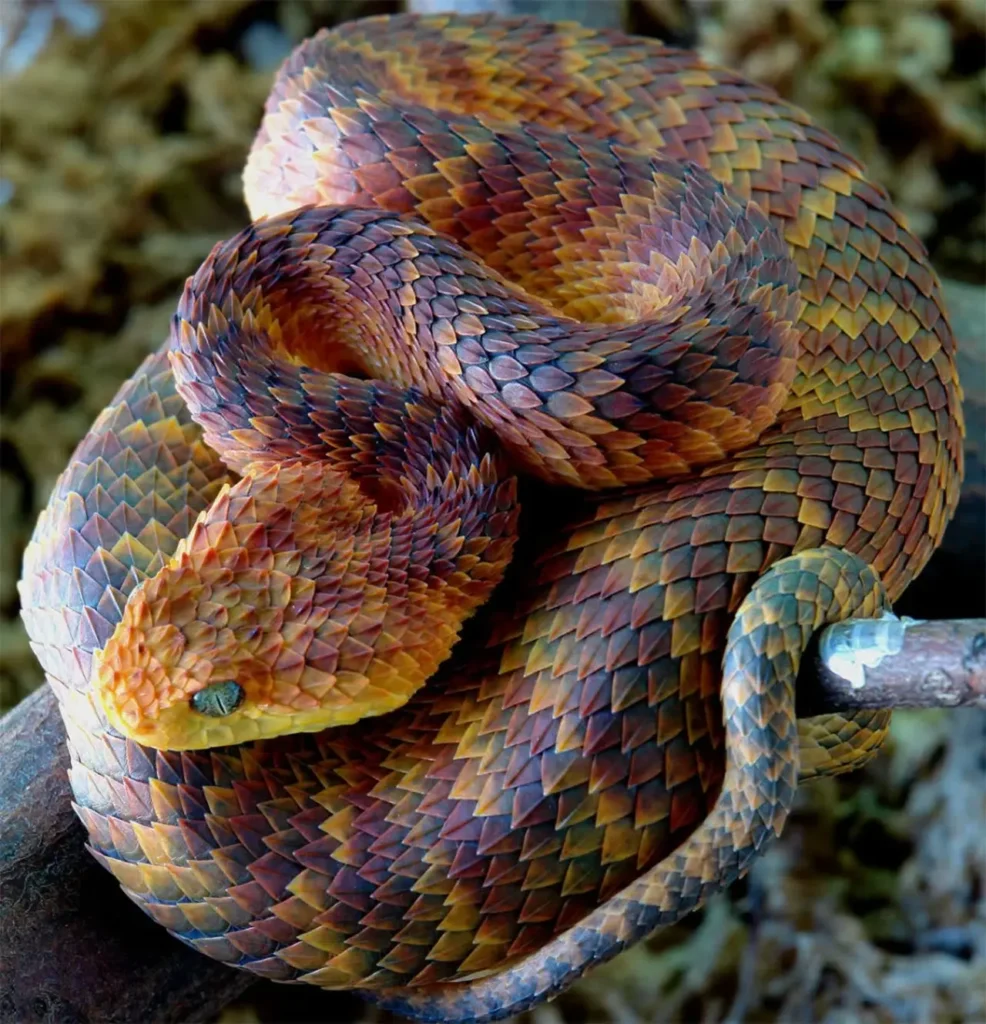
Behavior and Adaptations
Rainbow Bush Vipers are primarily arboreal snakes, spending a significant portion of their lives in the treetops. They possess prehensile tails, allowing them to navigate the branches with ease. Their slender bodies and laterally compressed tails aid in maneuvering through the dense vegetation. The distinctive scales on their bellies are keeled, providing traction and grip on tree branches.
As venomous snakes, Rainbow Bush Vipers possess venom glands and hollow fangs to inject venom into their prey. Their venom is primarily used to incapacitate small vertebrates, such as birds, rodents, and lizards. These vipers are known for their ambush hunting strategy, relying on their cryptic coloration and patiently waiting for unsuspecting prey to come within striking range.
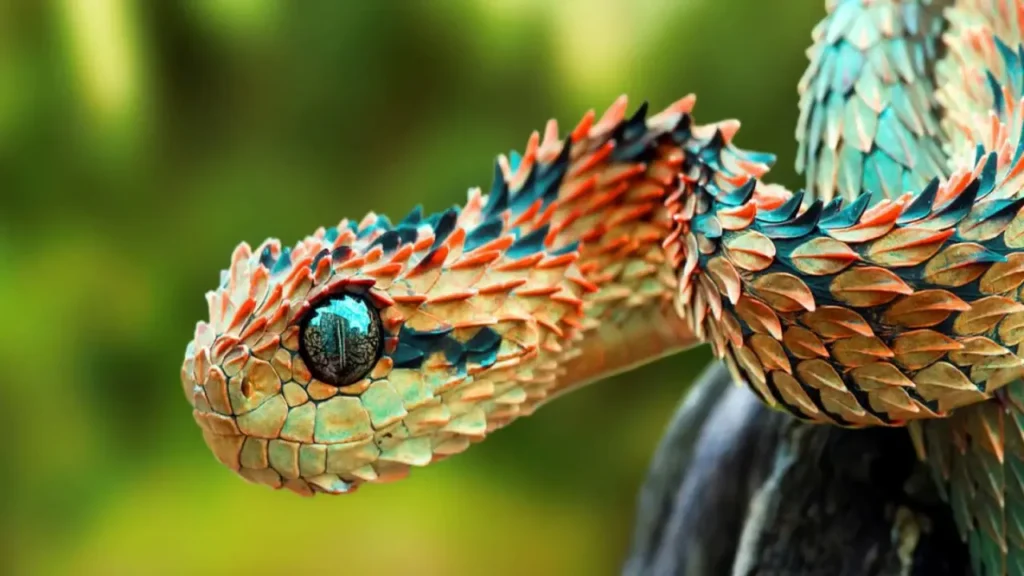
Habitat and Distribution
Rainbow Bush Vipers are endemic to the rainforests of Central and West Africa, including countries such as Cameroon, Nigeria, Democratic Republic of Congo, and Uganda. They inhabit dense vegetation, including lowland forests, montane forests, and bamboo thickets. Their arboreal lifestyle allows them to find shelter and prey among the treetops, where they remain hidden from potential threats and predators.
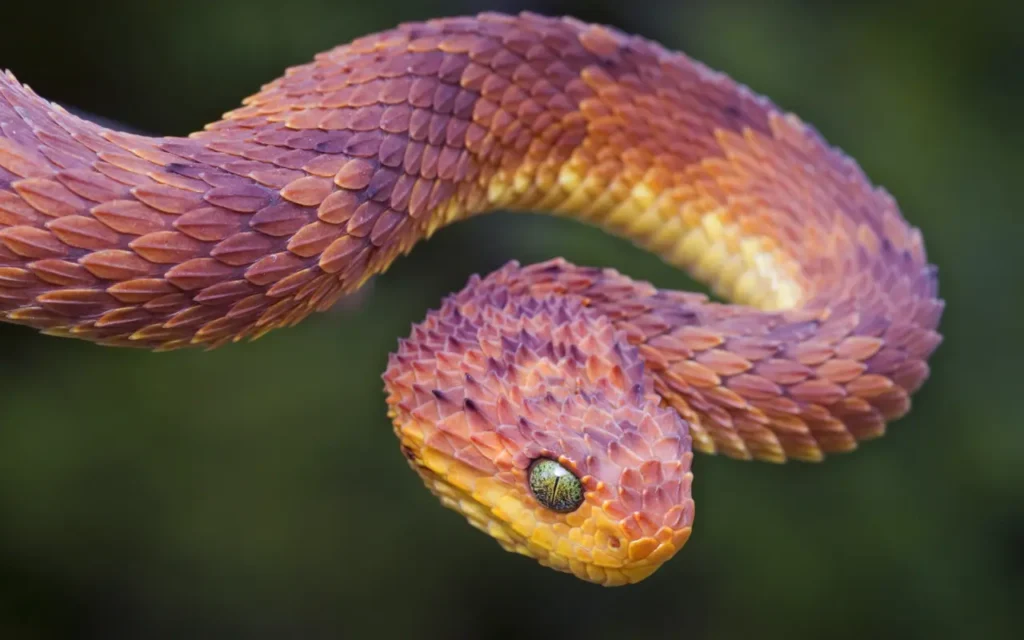
Conservation and Threats
Due to their specific habitat requirements and restricted range, Rainbow Bush Vipers face several conservation challenges. Habitat loss, deforestation, and fragmentation pose significant threats to their populations. Additionally, they are often targeted for the illegal pet trade, which further impacts their numbers in the wild. Conservation efforts, including habitat protection, community education, and regulation of the wildlife trade, are crucial for the survival of these mesmerizing serpents.
Appreciating Nature’s Living Jewel
The Rainbow Bush Viper, with its remarkable appearance and arboreal lifestyle, showcases the astonishing diversity and adaptations found in the rainforest ecosystems. Its vibrant coloration serves as a reminder of nature’s artistry and the delicate balance of life in these unique habitats.
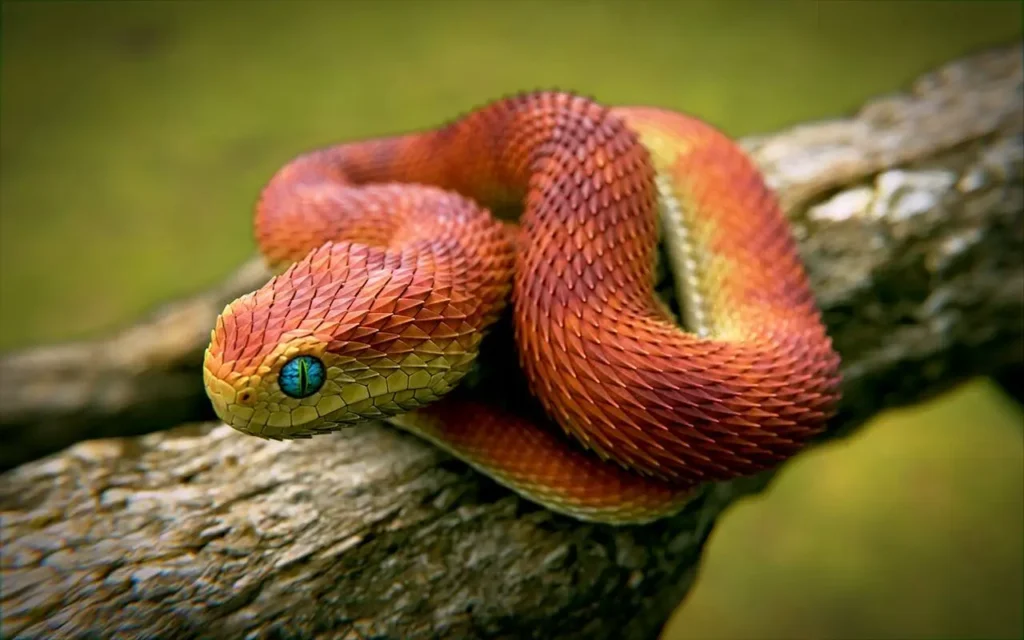
By valuing and protecting the rainforests they call home, promoting sustainable land-use practices, and combatting illegal wildlife trade, we can contribute to the preservation of the Rainbow Bush Viper and the rich biodiversity of the African rainforests.
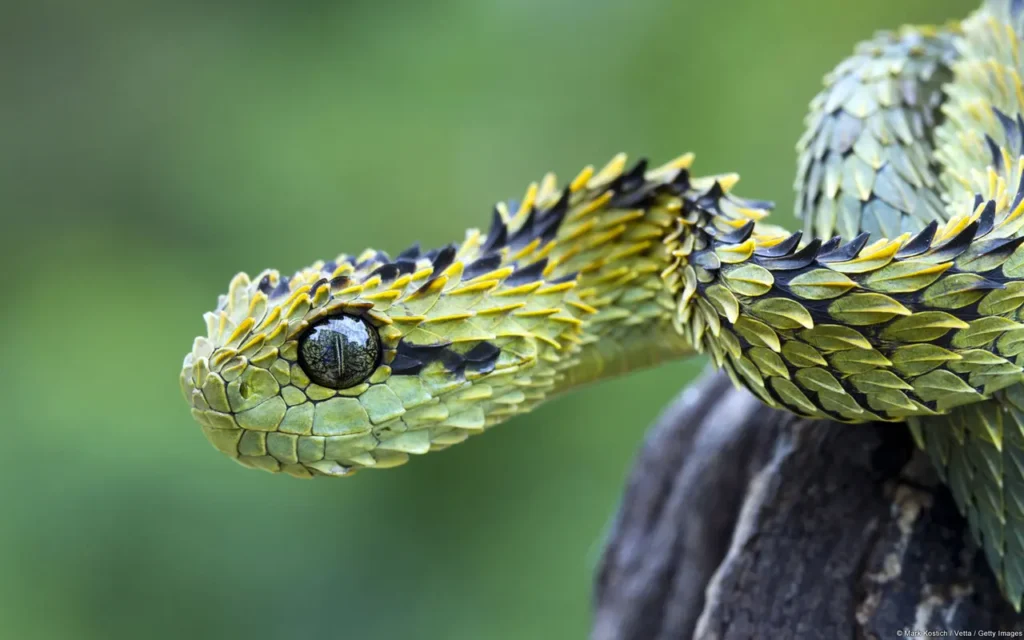
The Rainbow Bush Viper, with its iridescent scales and arboreal lifestyle, represents the exquisite beauty and complexity of the rainforest ecosystem. Its presence in the treetops of Central and West Africa serves as a testament to the remarkable adaptations and wonders of the natural world.
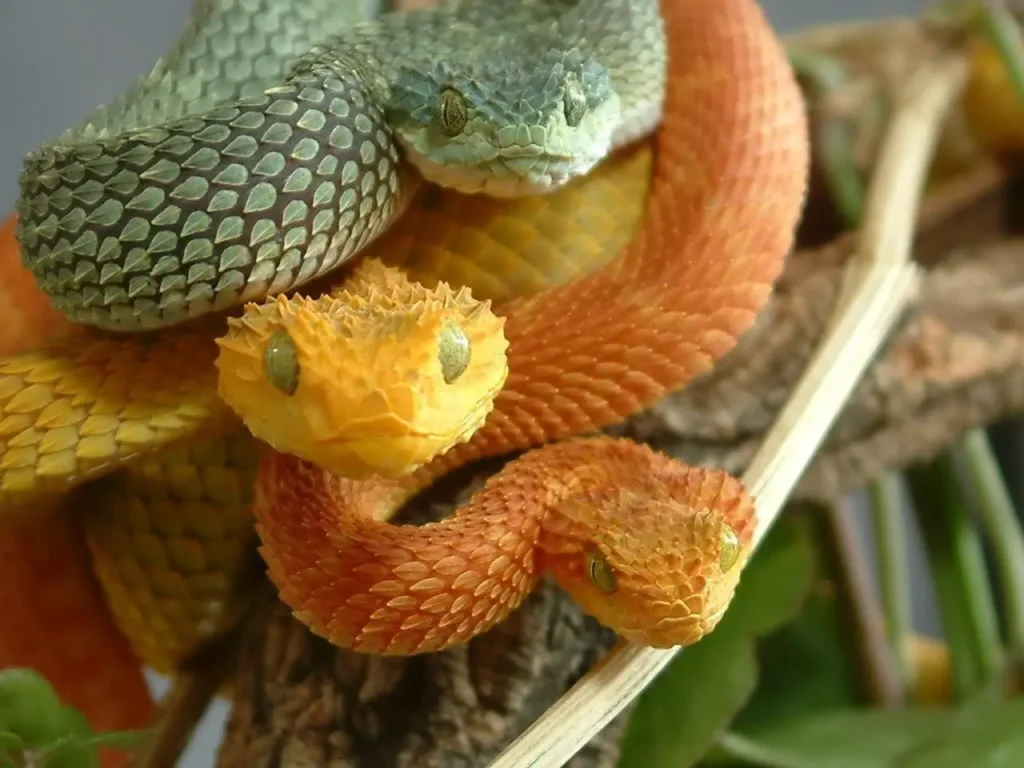
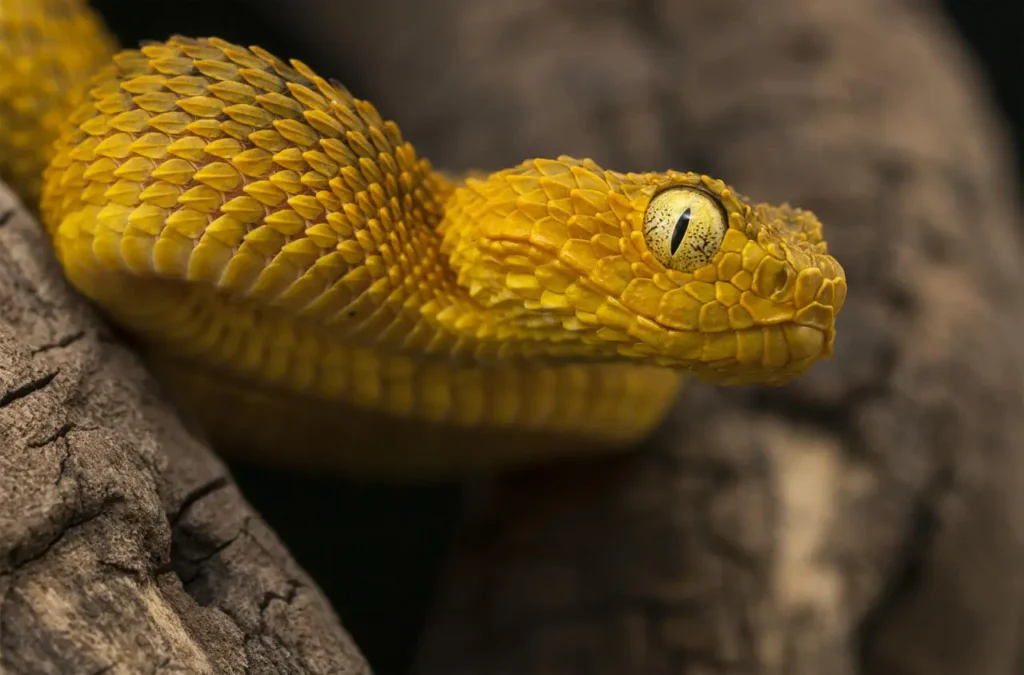
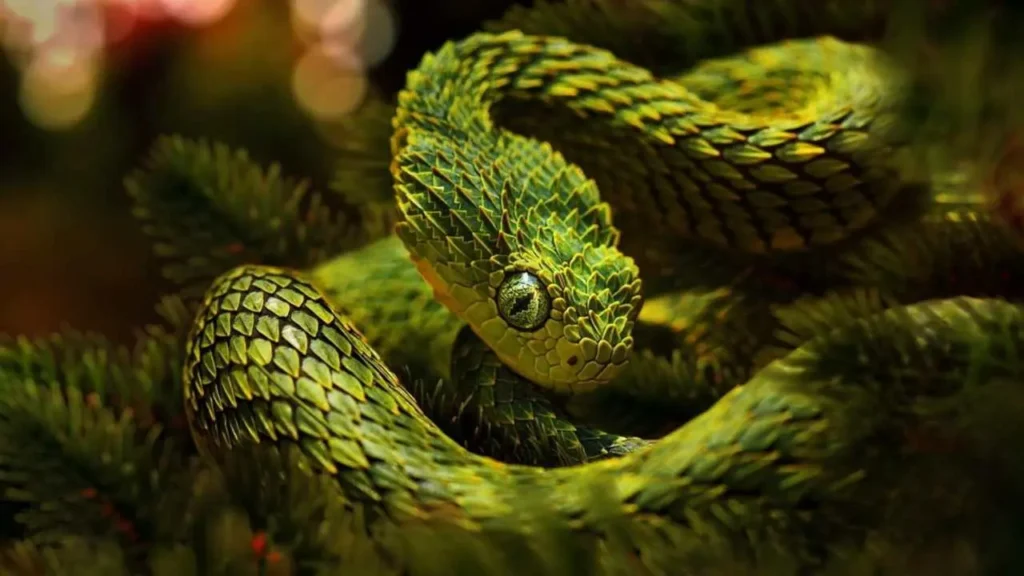
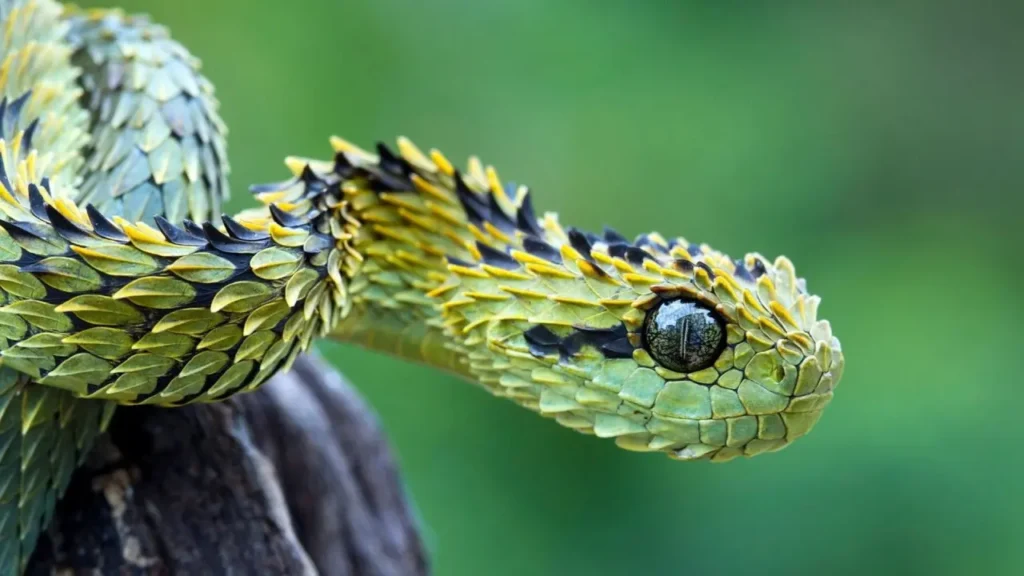
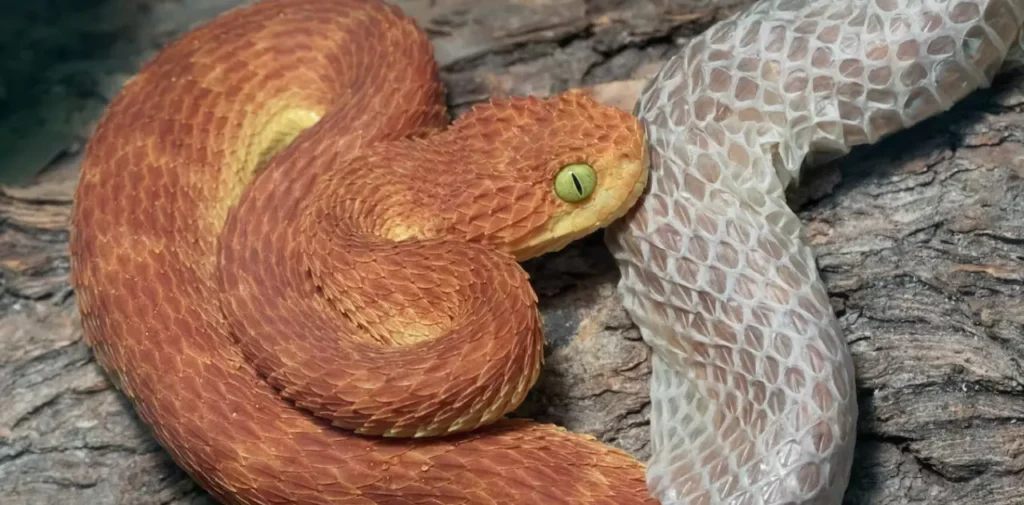
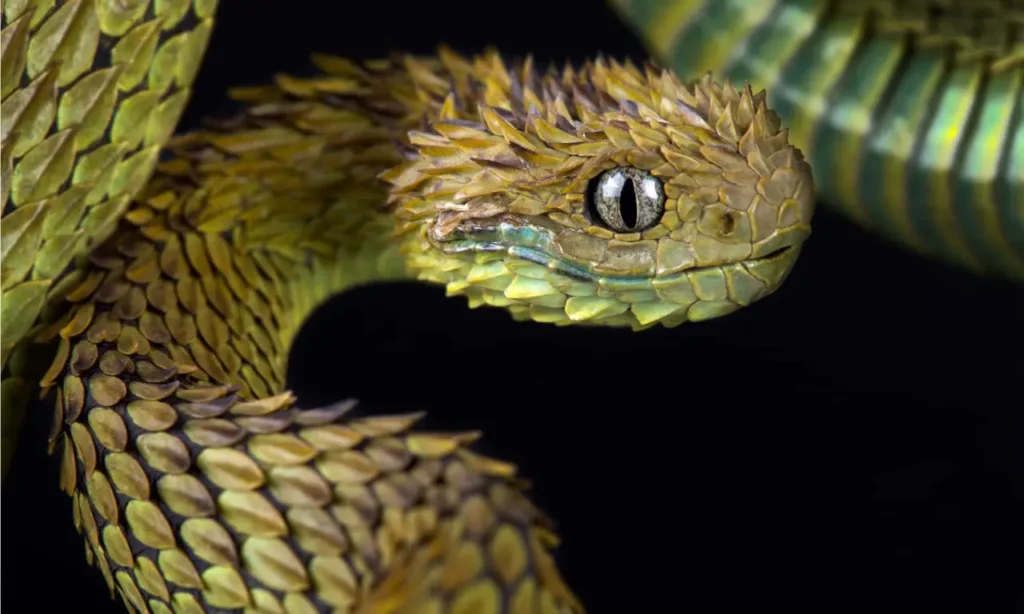
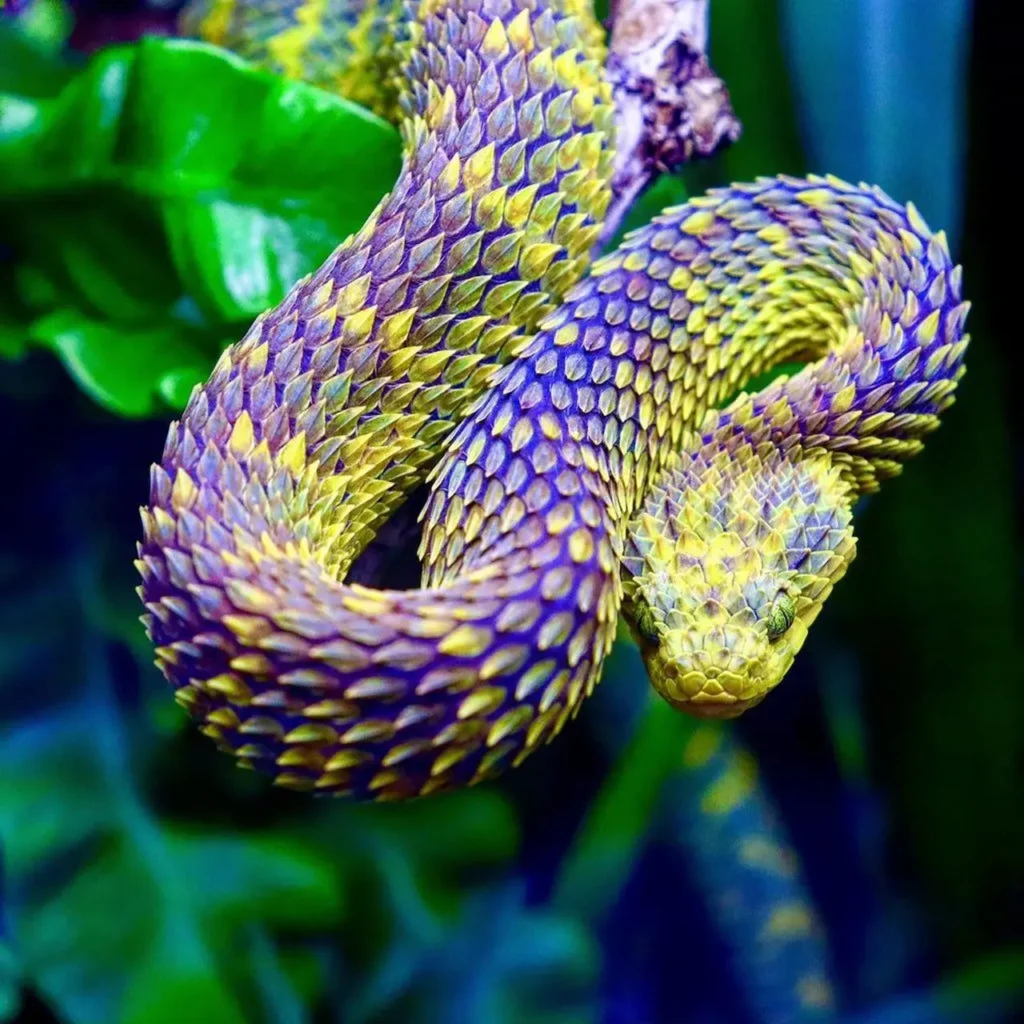
Let us appreciate the captivating allure of the Rainbow Bush Viper and work together to ensure the conservation of its rainforest habitat. By doing so, we safeguard the survival of this living jewel and contribute to the preservation of the intricate web of life in the rainforest canopies.
